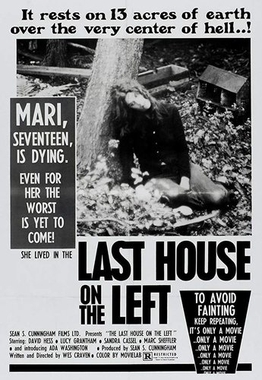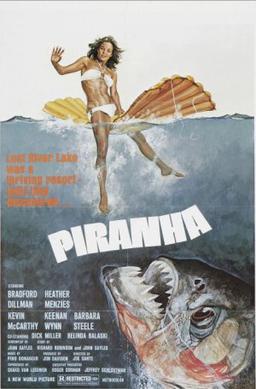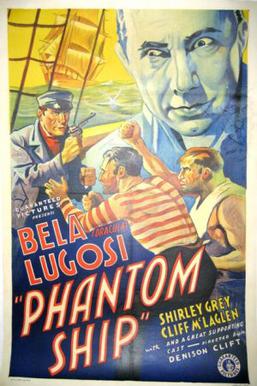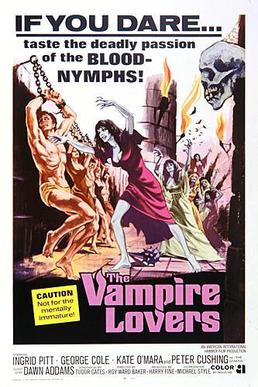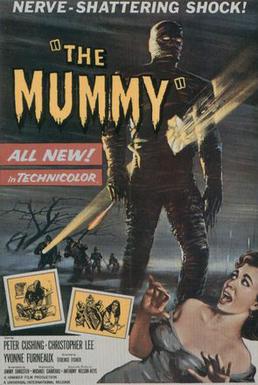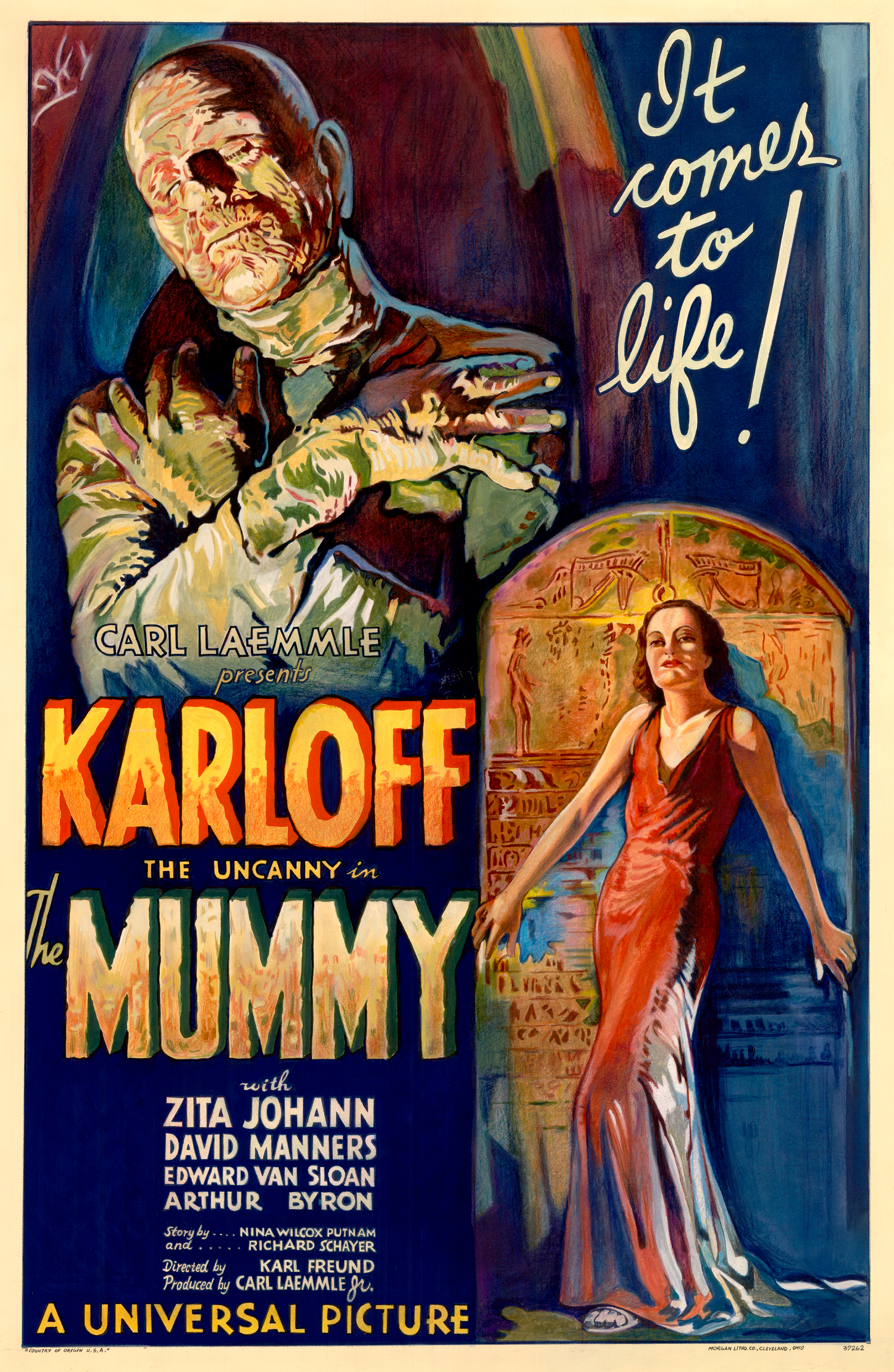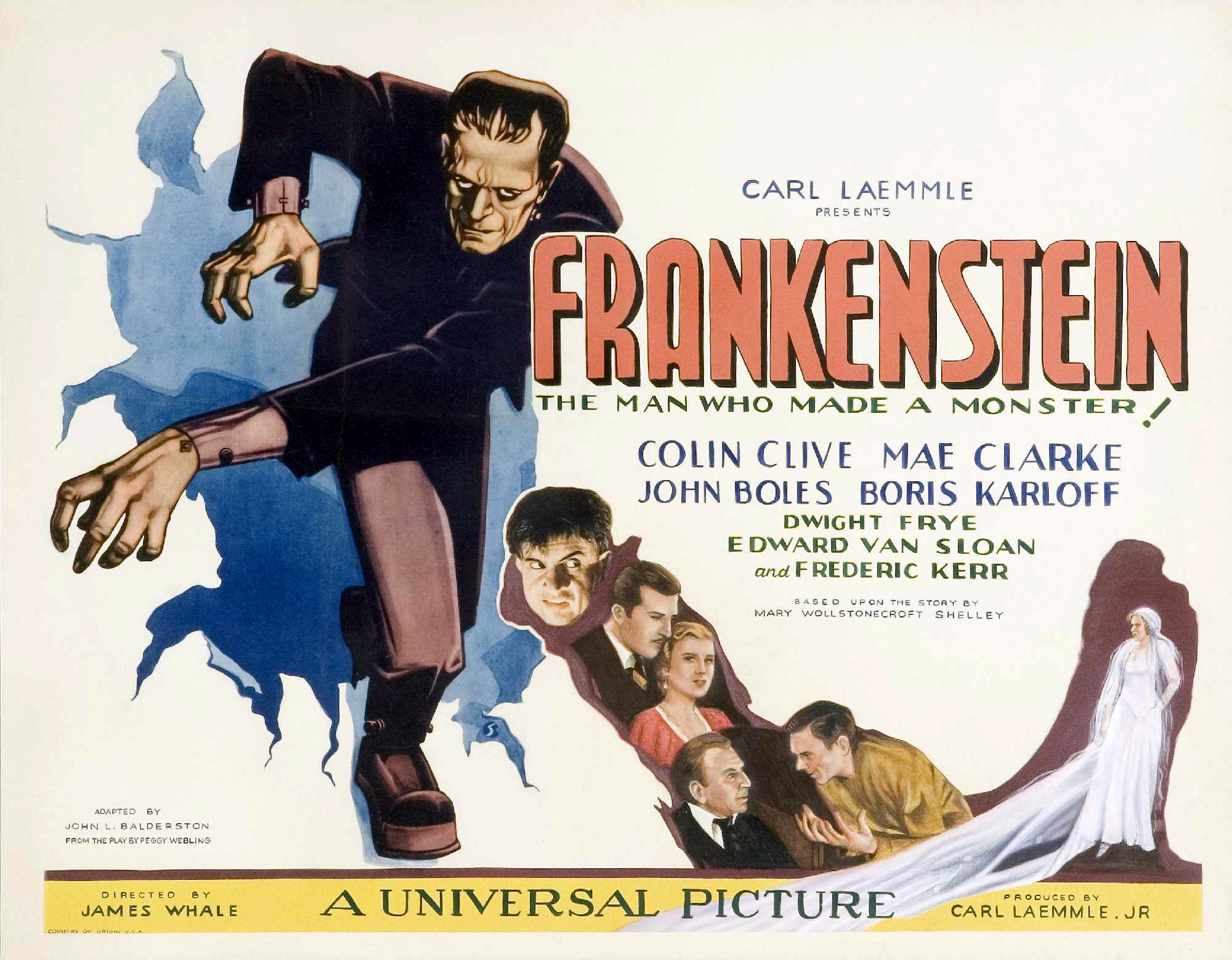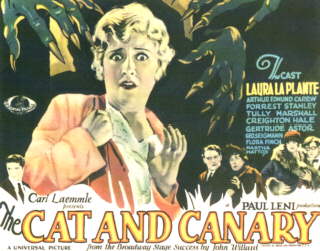Animation Block: Thundarr
the Barbarian
Going back to the well of the 1980’s, we find today a rare
gem in the animated world. Jack “King” Kirby blessed the world with many
characters, yet his foray into animation is often downplayed. Hired by
Ruby-Spears in the early portion of the decade, Jack did the layouts for what
would become Thundarr the Barbarian.
In the year 1994, a runaway planet hurtles between the Earth
and the Moon, causing global upheaval. Mankind is cast into darkness. Our
narrative begins two thousand years later. Earth is reborn as a world filled
with sorcery and super science. Thundarr, a barbarian, escapes from his life as
a slave alongside the Princess Ariel and Ookla the Mok. With his Sunsword, a gift from Ariel,
Thundarr and his companions ride the strange worlds under a broken sky.
Looking back at the show, I am amazed and disappointed it
didn’t last longer. Airing in 1980 and before the FCC loosened all the rules
meant the children of the era were spared Thundarr action figures, comics, and
general merchandise. With Steve Gerber and Mark Evanier doing scripts, I am
utterly dismayed that the show lasted as short as it did, finally ending
production in 1982 with reruns on various networks after that. Violence was never shied away from but it was
never glamourized. The entire show had a fairly grim look at things to be yet
there was also some degree of optimism. Princess Ariel deserves special mention
as well. She was sassy but never obnoxious and her magic powers were
consistent; or at least not used as a deus ex machina as much as other shows of
the time period. She actually did stuff on the show rather than simply be the
token female.
What went wrong? Typical of the time the show was formulaic;
Thundarr and company enter a ruined city or former landmark and encounter a wizard
or other type of ne’er-do-well. A battle
is fought, hostages sometime taken and Thundarr and company leave much the same
as they entered. But other shows were structured just the same and still lasted
longer. Cost and ratings were given as the chief reason for the show’s
cancellation, but unlike every other bit of 1980’s nostalgia, Thundarr the Barbarian seems to have
been skipped by the retro toy companies and comic books companies, save for a
few action figures made a couple of years ago.
The entire series was finally released onto DVD and is well
worth the time to re-watch.
.jpg)
